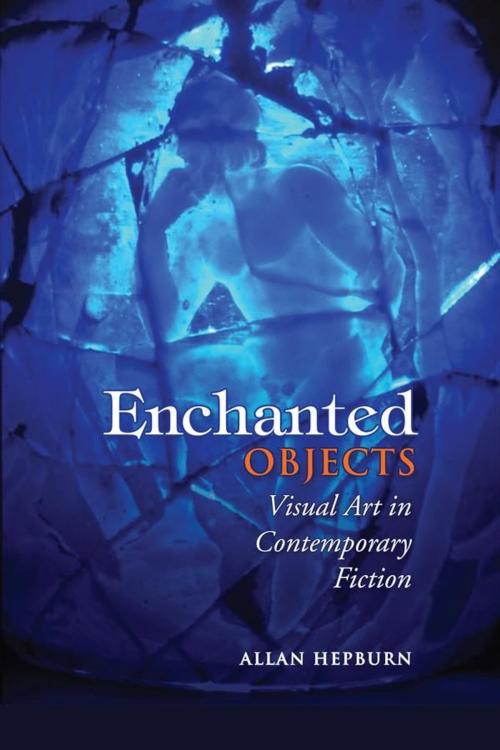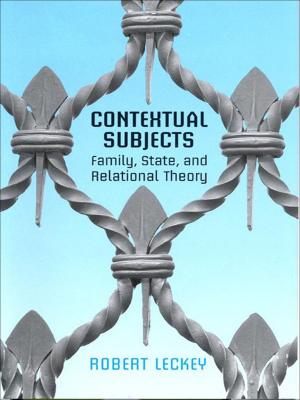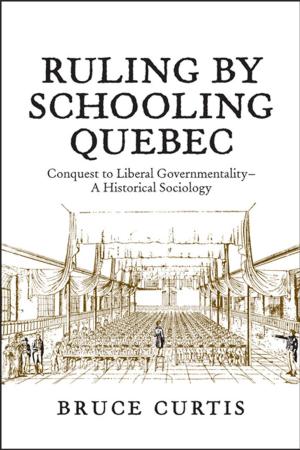Enchanted Objects
Visual Art in Contemporary Fiction
Nonfiction, Art & Architecture, Art History, Fiction & Literature, Literary Theory & Criticism| Author: | Allan Hepburn | ISBN: | 9781442698451 |
| Publisher: | University of Toronto Press, Scholarly Publishing Division | Publication: | March 27, 2010 |
| Imprint: | Language: | English |
| Author: | Allan Hepburn |
| ISBN: | 9781442698451 |
| Publisher: | University of Toronto Press, Scholarly Publishing Division |
| Publication: | March 27, 2010 |
| Imprint: | |
| Language: | English |
Enchanted Objects investigates the relationship between visual art and contemporary fiction, addressing the problems that arise when paintings, deluxe books, porcelains, or statues are represented in contemporary novels. The distinction between objects and art objects depends on aesthetics. While some objects are authenticated through museum exhibits, others are hidden, broken, neglected, coveted, hoarded, or salvaged.
Allan Hepburn asks four broad questions about aesthetics and value: What is a detail in visual art? Is all art ornamental? Does the value of an object increase because it is fragile? What defines ugliness? Contemporary novels, such as Tracy Chevalier's Girl with a Pearl Earring, Barry Unsworth's Stone Virgin, and Bruce Chatwin's Utz offer implicit answers to these questions while critiquing museums and the determination to invest objects with value through display. Addressing current debates in museum studies, cultural studies, art history, and literary criticism, Enchanted Objects develops an extensive theory of how contemporary literature engages with and relates to aesthetic objects.
Enchanted Objects investigates the relationship between visual art and contemporary fiction, addressing the problems that arise when paintings, deluxe books, porcelains, or statues are represented in contemporary novels. The distinction between objects and art objects depends on aesthetics. While some objects are authenticated through museum exhibits, others are hidden, broken, neglected, coveted, hoarded, or salvaged.
Allan Hepburn asks four broad questions about aesthetics and value: What is a detail in visual art? Is all art ornamental? Does the value of an object increase because it is fragile? What defines ugliness? Contemporary novels, such as Tracy Chevalier's Girl with a Pearl Earring, Barry Unsworth's Stone Virgin, and Bruce Chatwin's Utz offer implicit answers to these questions while critiquing museums and the determination to invest objects with value through display. Addressing current debates in museum studies, cultural studies, art history, and literary criticism, Enchanted Objects develops an extensive theory of how contemporary literature engages with and relates to aesthetic objects.















